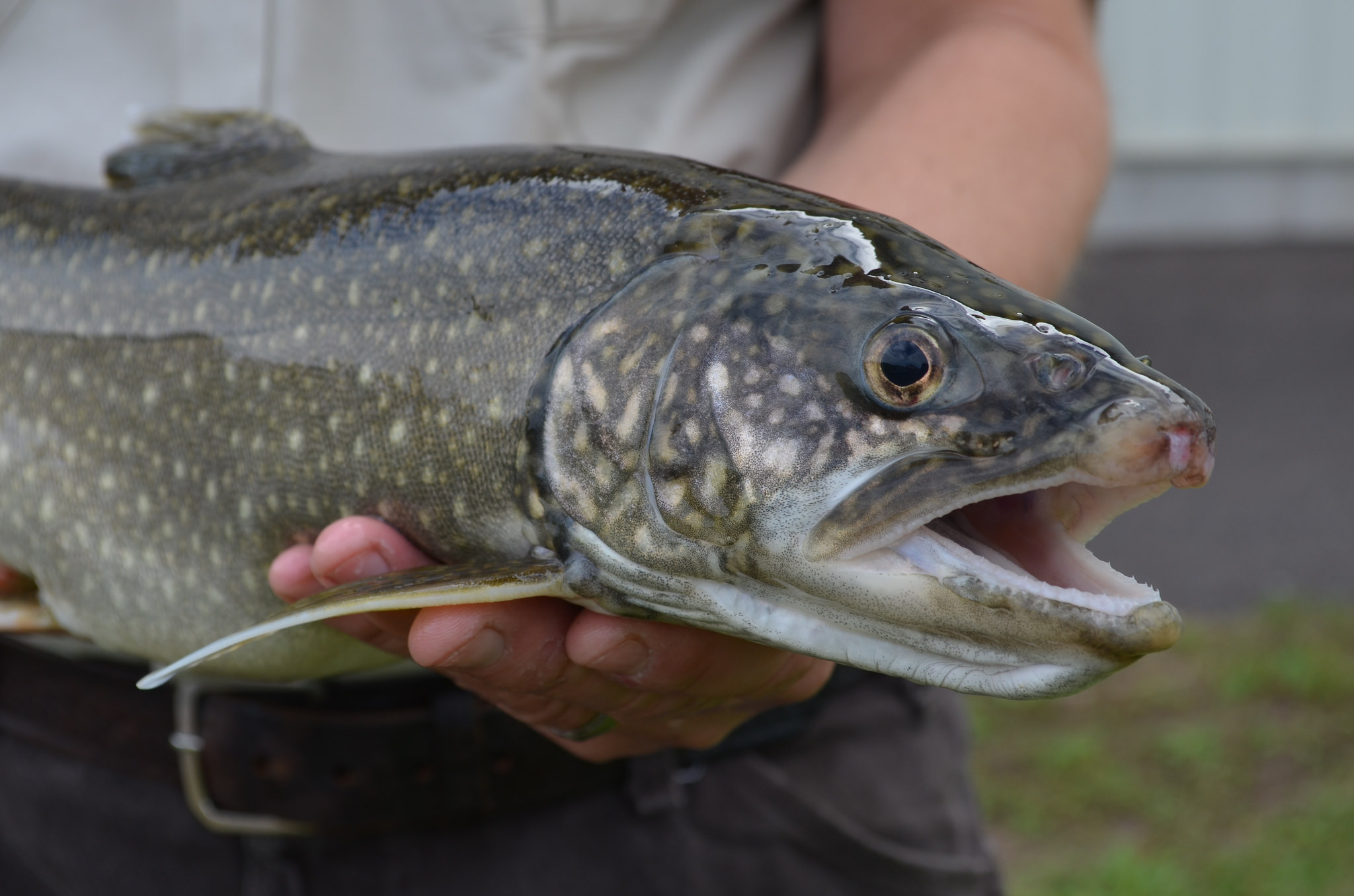An industrial chemical is showing up in low levels in trout from the Great Lakes. It’s called perfluoro-1-butane sulfonamide (FBSA) and can be traced back to detergents and waterproofing products first used in 2003.
Robert Letcher, a senior research scientist for Environment and Climate Change Canada, a department of the Canadian government, tested trout samples from eight different sites in Lakes Erie, Huron and Ontario. They also tested fish from three other lakes in Canada. Nearly all of the fish tested had detectable levels of FBSA in their bodies.
The levels are extremely low—parts per billion low. But Letcher says it was a surprise to find the chemical in fish.
“We were the first ever to find this compound in the environment,” he says. “It’s never been reported before.”
LISTEN: “Researchers Find New Industrial Chemical in Great Lakes Trout”
The researchers don’t know whether the FBSA they’ve detected is a result of other chemicals breaking down in the environment or the chemical is coming straight from industrial products.
FBSA was introduced to replace a different chemical—perfluorooctane sulfonamide, or FOSA—which was breaking down and finding its way into the food web. In 2006, the Environmental Protection Agency put together an industry-wide agreement to phase out FOSA. But now, its replacement—FBSA—is showing up in the environment too.
Letcher says scientists often have to play catch-up to figure out if there are problems with new chemicals brought onto the market.
“When a body of scientific evidence builds up great enough to basically render a negative decision against a compound, companies phase these compounds out and look for alternatives that are safer—but also serve their purpose,” Letcher says.
He says research into FBSA is so new, they just don’t know much about what this might mean for fish or for people who eat the fish.
“It’s completely impossible to tell, because nobody’s done anything regarding toxicology,” Letcher says. “That’s usually the way things go. Somebody like us, we find a new chemical—in this case, in fish. And obviously a lot of aquatic fish toxicologists out there are going, ‘Well, we should really try to understand what this chemical could be doing to the fish.’”
Letcher says one of the next steps is to look at other species in the food web. That way his team can figure out if this chemical is building up in other organisms.
###
This story comes from our partners at Michigan Radio's Environment Report, a program exploring the relationship between the natural world and the everyday lives of people in Michigan.
